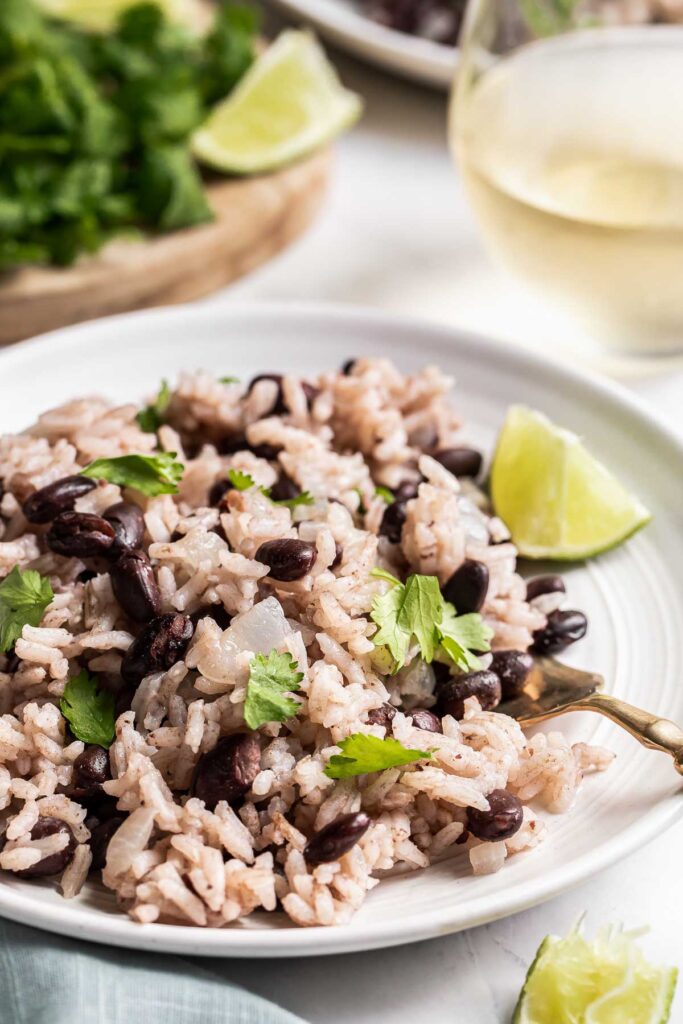There are countless resources and tips for frugal living, and frugal grocery shopping. Couponing, cheap grocery stores, eating more vegetarian meals, and buying in bulk all come to mind. While these tips can save you some bucks, I think they are fundamentally flawed and distract from the real issues as to why frugal grocery shopping is difficult for the average household.
Frugal Grocery Shopping List
Here is a simple list of the cheapest organic grocery items that can create a wide variety of nutritious foods when cooked from scratch. Check out Poly’s homestead recipes from our minimalist grocery list for quick healthy dinner ideas.
- Flour
- Sugar
- Yeast
- Rice
- “Soup” Beans
(Pinto, Kidney, Black, Lentils) - Peppers
- Tomatoes
- Broccoli
- Spinach
- Carrots
- Potatoes
- Onion
- Garlic
- Celery
- Corn
- Radishes
- Peanut Butter
- Chia Seeds
- Oyster Mushrooms
- Eggs
- Tuna
- Cheddar Cheese
- Salt
- Peppercorn
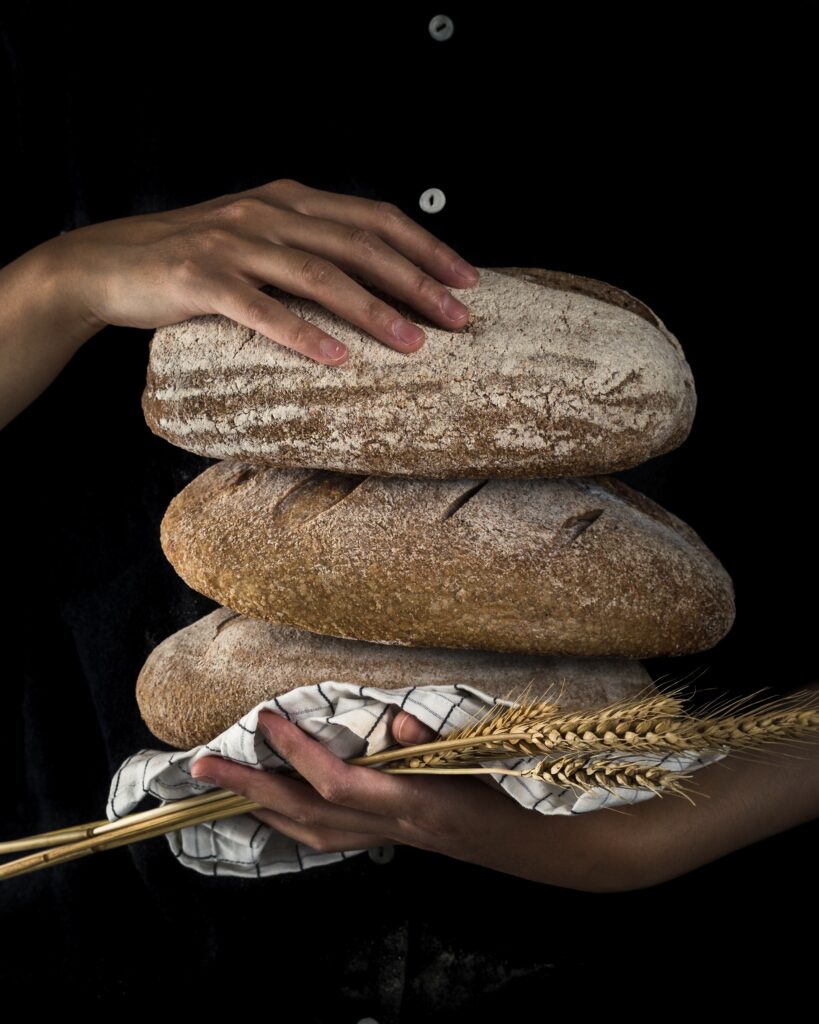
Grocery Store: $2.50 – $6.00 / loaf
Cook and Bake from Scratch
Not all whole-food meals are necessarily a frugal option. The fact that I can get avocados in February in Minnesota is a testament to the success of the agricultural revolution that defines us all, but it creates a deluded system of eating. Cooking and baking from scratch, as well as eating locally and seasonally, is both an art form and a part of a meaningful work life.
Save Money on Groceries by Baking Bread
Homemade bread can be made for about one-sixth of the cost of the cost of a loaf of bread in a grocery store in 2024. The ingredient cost of homemade bread is between $0.40 and $1.00 per loaf, while the price of bread in the United States can range from $2.50 to $6.00 per loaf.
Whether baking a loaf of bread, moulding pasta, rolling out tortillas, or frying crispy naan and flatbreads, spending some time to make fresh bread can cut grocery costs dramatically.
Stock Your Freezer With Homemade Frugal Meals
Prepare budget-friendly meals in batches and stock your freezer with delicious homemade options to save time and money. Enjoy the convenience of having a freezer filled with homemade whole-food meals that use local and pre-planned cheaper ingredients, allowing you to effortlessly whip up a satisfying dish whenever hunger strikes.
Here are a few of our favorite frugal healthy freezer meals:
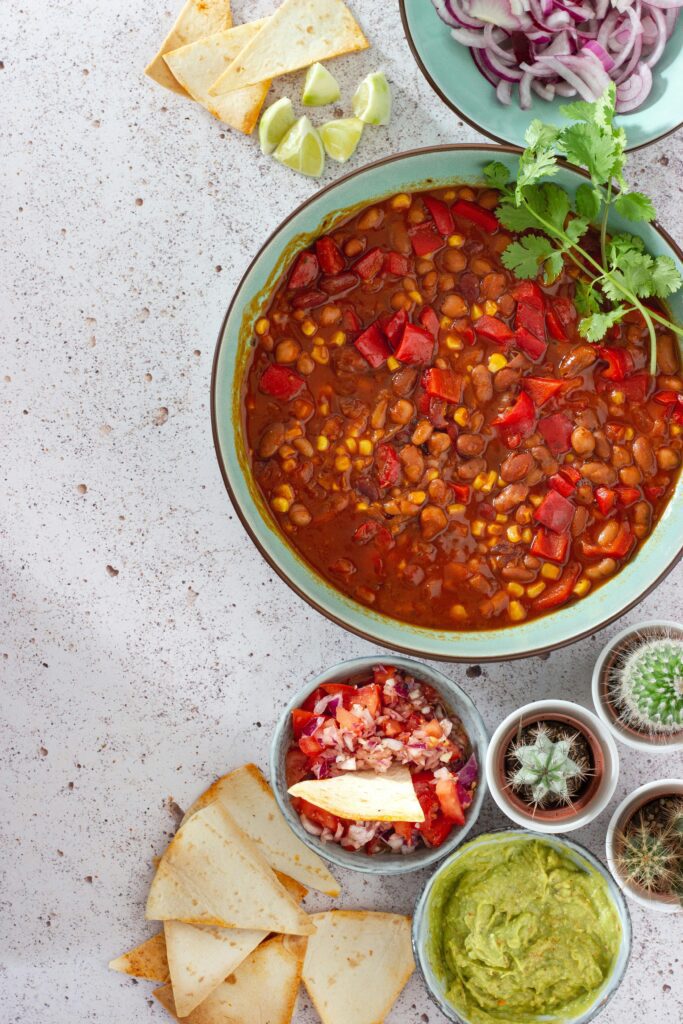
Vegetable Chili
Chili is a homestead staple because it’s one of those dishes that you can throw in just about every savory leftover, food scrap, and garden herb that doesn’t otherwise have a home–and it only keeps getting better.
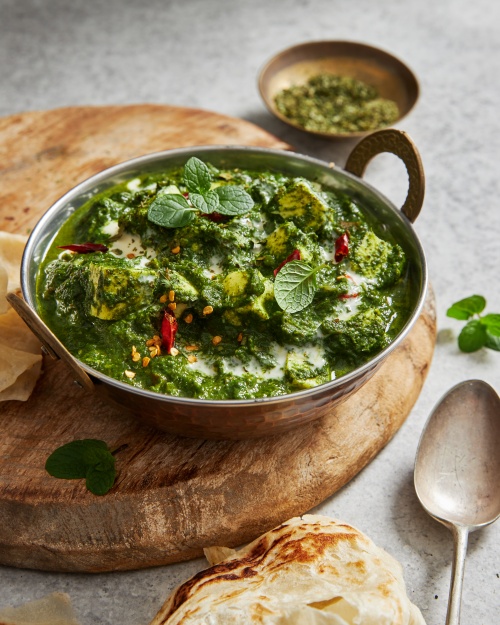
Palak Paneer
This spinach gravy dish with paneer (similar to farmer’s cheese) is a nutritional powerhouse and a delicious, creamy comfort food. Its ingredient list includes some of the cheapest and healthiest foods you can find in a grocery store, including the protein-heavy paneer.
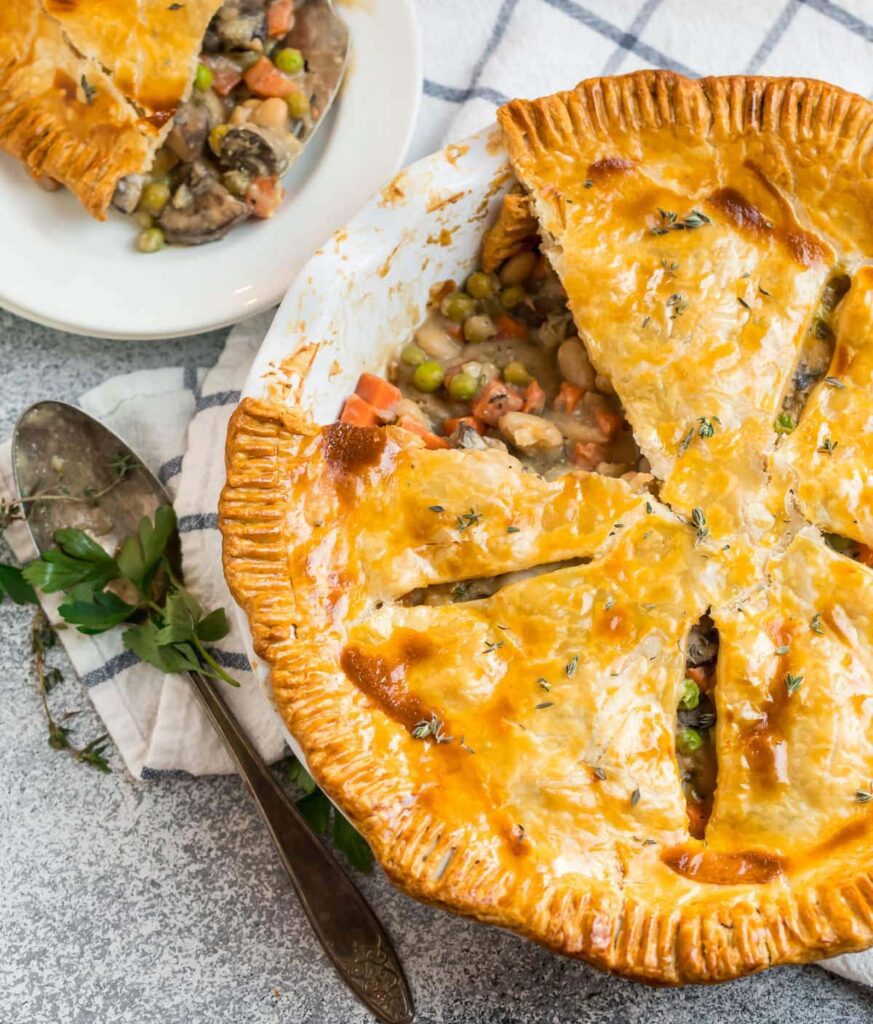
Vegetable Pot Pie
This hearty dinner can go straight from the freezer to the oven and is a great way to add a diversity of veggies to your diet. Try to grow a lot of the vegetables and make the pie crust from scratch, and you have a truly frugal homemade meal.
Cheap Simple-Living Meals
The freezer meals above are great for heavy, hearty dinners when you need a big meal. In the spirit of homesteading and simple living, though, sometimes we need to remind ourselves not to overthink dinner, and that classic frugal meals can be just as filling.
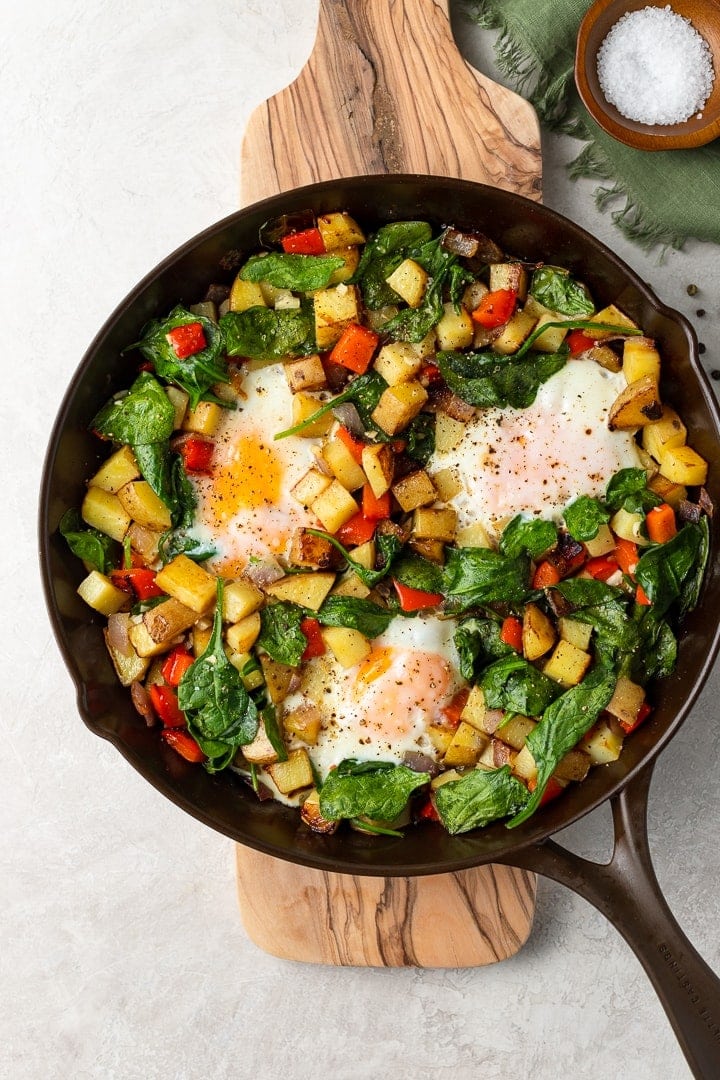
Eggs & Potatoes
Speed cooking video: Fried Potatoes and Eggs in a Cast Iron Skillet
Essential Homestead Tool:
Cast Iron Skillet

Peanut Butter & Jelly
A healthier PB&J from Scratch, from the bread to the jam.
Essential Homestead Tool:
For the seriously dedicated homesteader, a Kitchenaid Mixer can save hours.
Choose Your Expensive Foods
Food prices are likely to keep rising, so it is important to choose wisely when we want to spend on pricier foods. Avoid wasting money on packaged convenience foods, and if you are trying to save money on groceries, save for certain essential foods that may be more costly, such as nuts, berries, mushrooms, organic foods, and fish.
Optimize your well-being by selectively incorporating possibly more expensive but nutritionally potent foods into your diet, prioritizing items like omega-3-rich salmon or antioxidant-packed berries for their specific health benefits.
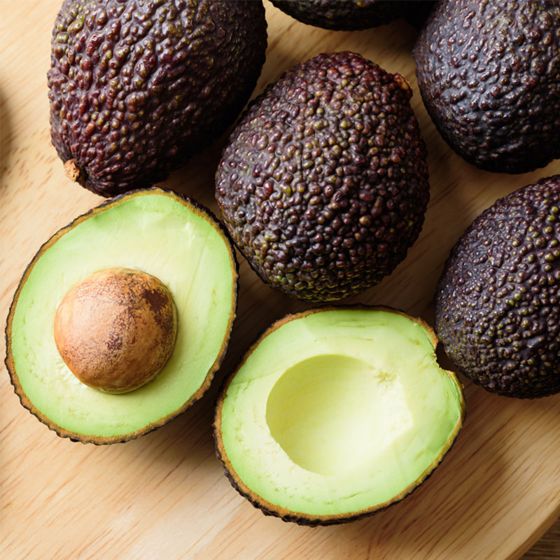
You Are Addicted to Junk Food
Yes, you…and it is keeping you poor. Increasingly processed, commercial foods are being ingrained in our everyday lives, and it’s becoming more difficult with each generation to see the distinction between a real plant, animal, and fungi diet versus a diet consisting of the mostly processed foods found in large-chain grocery stores today.
Processed foods are far more expensive, relative to nutritional value, due to transportation costs, infrastructure, real estate, and marketing efforts from the companies that sell them. They are also designed specifically to be addictive–creating a losing battle between you, your health, and your grocery budget. Frugal grocery shopping begins with the decision to buy ingredients and produce, rather than packaged and convenience foods.
This isn’t to say that all processed or packaged foods are bad, or that natural whole foods aren’t tied to a demanding supply chain. For example, we will not be growing our own grains for flour, and we will still buy flour from the grocery store. In the modern world, especially on an urban or suburban homestead, many times getting closer to the source, such as baking our bread from flour rather than buying a premade loaf is plenty of progress to reduce waste, eat healthier, and save money on groceries.
Habit Change
Transform your spending and eating habits by embracing a whole foods diet, cooking, and baking from scratch, as this not only fosters a healthier lifestyle but also provides significant savings compared to pre-packaged and processed alternatives.
Reviewing your grocery receipts can help you identify spending patterns and find areas to cut costs, while fun challenges like “The $20 Weekly Grocery Challenge” or “Pantry Cleanout Week” can spark creativity in finding new, budget-friendly recipes and reducing unnecessary purchases. In addition to challenging yourself, follow these pillars of habit change to reduce your food costs.
Automate Grocery Shopping
Streamline your life by automating grocery shopping and meal prepping, leveraging technology to create shopping lists, order essentials online, and receive scheduled deliveries. With automated systems, you can effortlessly plan and prepare meals ahead of time, saving both time and effort while ensuring a well-organized and stress-free approach to your daily culinary routine.
Use a Minimalist Grocery List
Embrace simplicity and efficiency by adopting a minimalist grocery list, focusing on essential, versatile ingredients that can be utilized in whole-food meals. By curating a concise shopping list, you not only reduce food waste but also streamline your shopping experience, making it easier to stick to a budget and create diverse, uncomplicated meals.
Avoid Restaurants and Takeout
Embrace a cost-effective lifestyle by breaking the habit of frequenting restaurants, ordering takeout, and opting for deliveries. By preparing meals at home, not only do you save money, but you also gain control over your ingredients, fostering healthier eating habits and the satisfaction of mastering your culinary skills.
Eat Your Pantry
Adopt a sustainable and budget-friendly approach by “eating your pantry” and conscientiously utilizing leftovers to minimize food waste. Embrace the challenge of creating new meals from existing ingredients, not only reducing your environmental footprint but also saving money through resourceful cooking.
Conclusion: Stop Shopping for Grocery Deals and Rethink the Way You Eat
Engaging in thoughtful meal planning and strategic grocery shopping can outshine the allure of sporadic deals, as it allows you to buy exactly what you need and avoid impulsive purchases, ultimately leading to substantial long-term savings.
By crafting a comprehensive shopping list based on planned meals, you ensure efficiency and frugality, steering clear of the temptation to overspend on discounted items that may not align with your intended meals or dietary goals.
